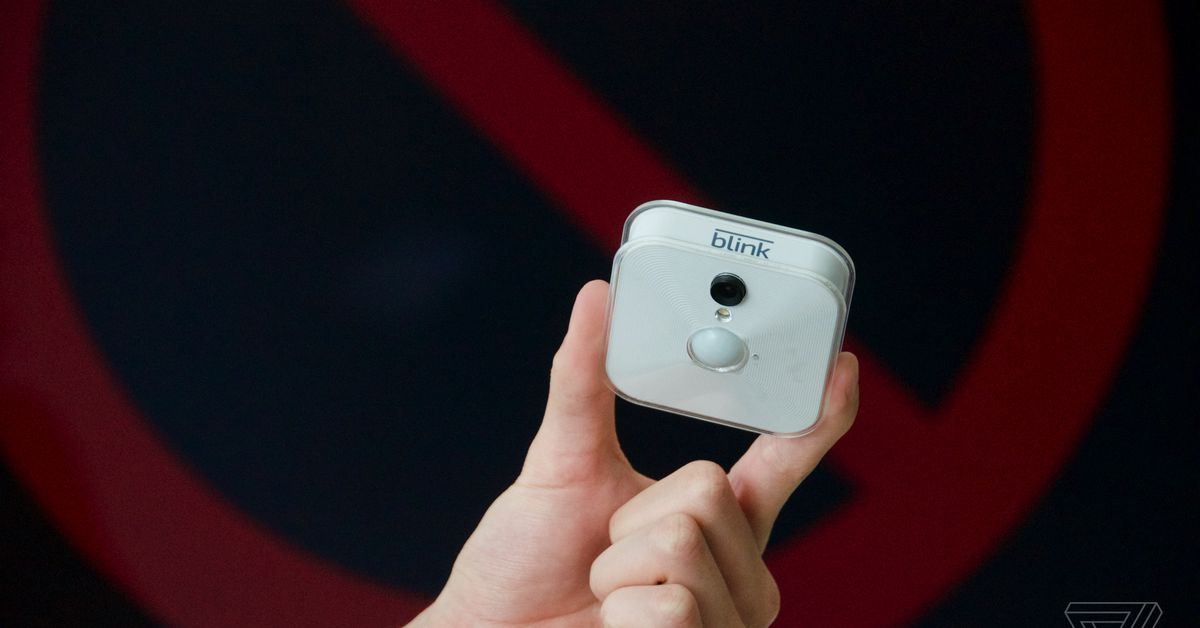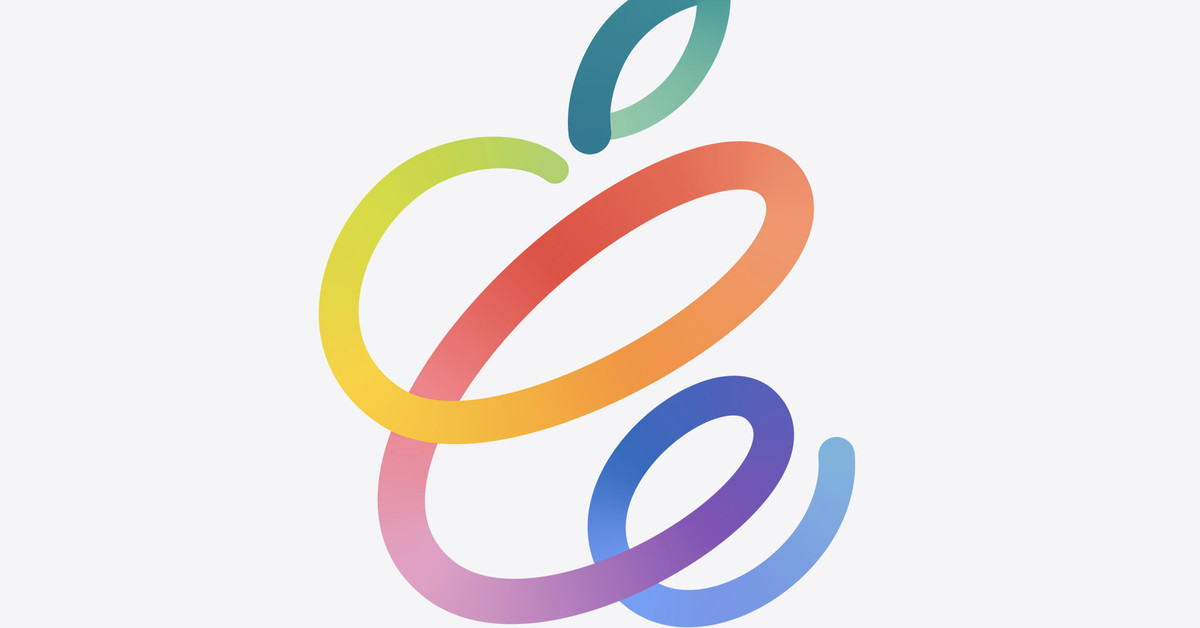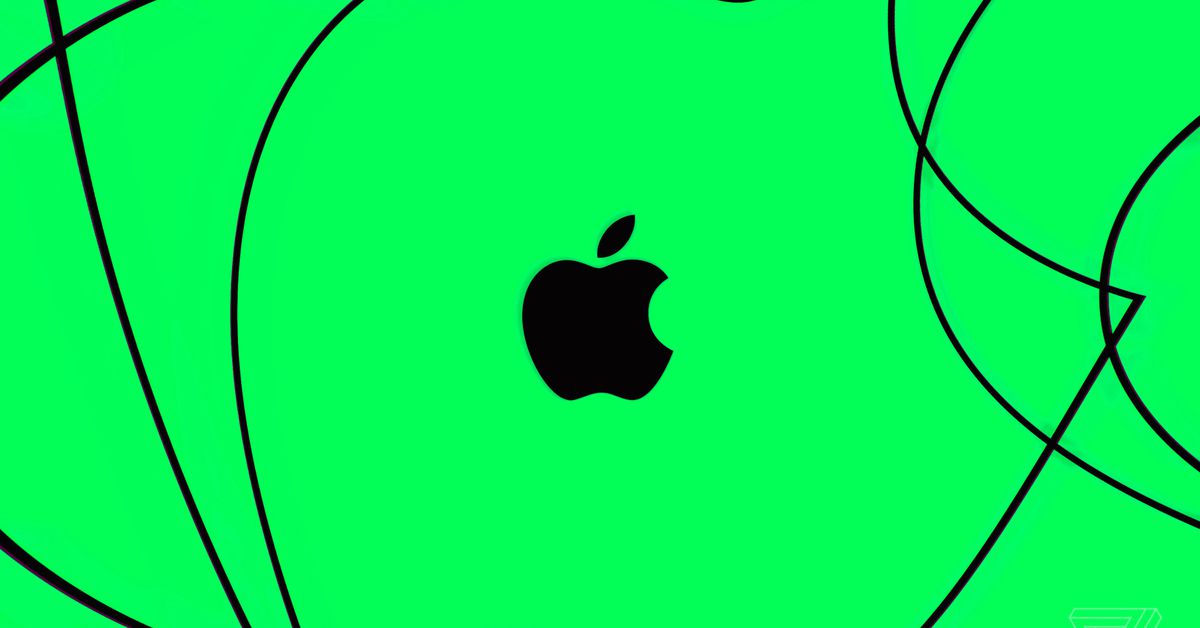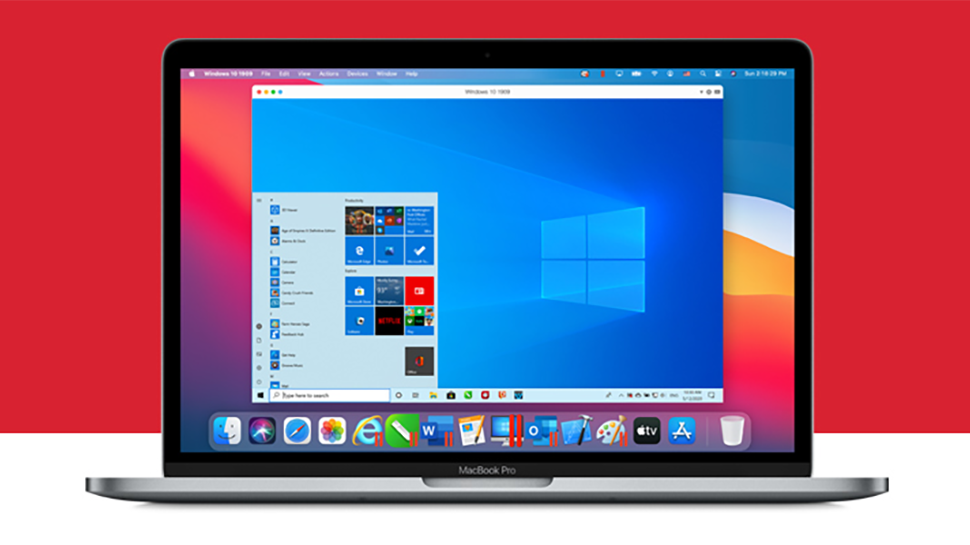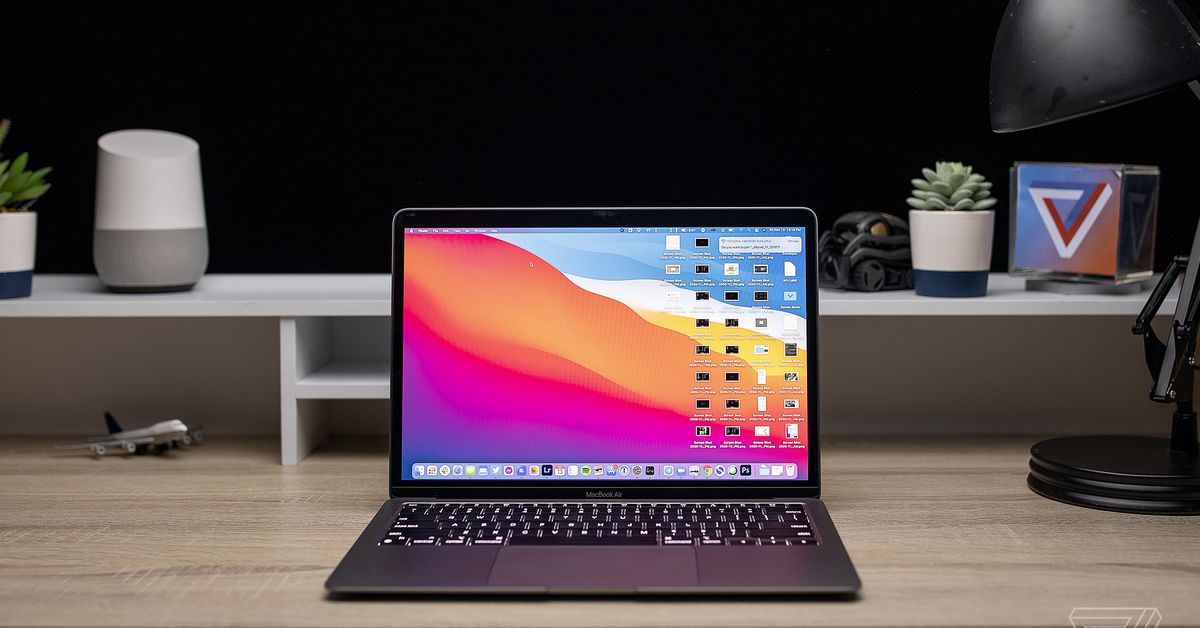Blink, the Kickstarter success bought by Amazon in 2017, has long been synonymous with inexpensive battery-powered home video cameras that don’t require a monthly contract for cloud recordings. Open-source projects like Homebridge, Home Assistant, and HOOBS have made the cameras even more extensible by allowing Blink’s temperature and motion sensors to work with smart home platforms like HomeKit and act as triggers for various automations. This combination of price and functionality led many smart home enthusiasts to buy Blink cameras in bulk for whole-home monitoring, especially those who don’t want to be beholden to a corporate overlord (and its requisite subscription fees). But instead of embracing its most passionate fans, Amazon has turned against them, threatening to terminate Blink accounts while challenging the very concept of ownership.
To set the stage, I recently set up a Raspberry Pi running Homebridge with the goal of creating a single iPhone dashboard to tie my smart home together. I started automating my home about 12 years ago, long before you could buy into complete ecosystems from Amazon, Google, and Apple. Now it’s a devil’s brew of Z-Wave and Zigbee devices, some controllable with Siri, some with Alexa, and a few with Google Assistant. It’s held together with a smattering of IFTTT recipes and four disparate hubs from Ikea, Aqara, Philips Hue, and Vera. It works, kind of, but requires several different apps, many interfaces, and lots of patience, especially from my family.
Over most of a weekend, I was able to configure Homebridge to link every one of my 50+ smart devices to HomeKit and each other in the Apple Home app. This allowed me to create rules that were previously impossible, like using the Blink XT camera’s motion sensor in my garden to trigger a Z-Wave siren and Hue lightbulbs at night. Nerdvana unlocked!
My sense of delight and intense pride lasted exactly one week before my Blink cameras suddenly went dead. The reason was delivered in an email from Amazon the next morning:
“My name is Tori and I am with the Blink team. While doing a routine server audit, your account was flagged and subsequently disabled due to unsupported scripts or apps running on your system. The only automation that is permitted for use with the Blink system is through Alexa and/or IFTTT. Please disable these scripts or apps and reach back out to me so that I can re-enable your account.”
After a brief WTF exchange whereby I explained that Alexa and / or IFTTT are wholly inferior to the capabilities of Homebridge, Tori helpfully directed me to the exact paragraph of the Blink Terms of Service that I had violated. Terms which, admittedly, I was now reading for the first time (emphasis mine):
“We may terminate the Agreement or restrict, suspend, or terminate your use of Blink Services at our discretion without notice at any time, including if we determine that your use violates the Agreement, is improper, substantially exceeds or differs from normal use by other users, or otherwise involves fraud or misuse of Blink Services or harms our interests or those of another user of Blink Services. If your use of Blink Services is restricted, suspended, or terminated, you may be unable to access your video clips and you will not receive any refund or any other compensation. In case of termination, Blink may immediately revoke your access to Blink Services without refund.”
It turns out that Amazon’s crackdown on Blink automators has been a known issue in the community for at least a year. My question is: why does Amazon bother?
My Homebridge integration may well be in violation of Blink’s terms and conditions, even if the terms seem unduly restrictive. But why is Amazon, owner of those massive AWS server farms that earned nearly $50 billion in 2020, resorting to such draconian measures in response to my meager deployment of five Blink cameras? I could see a crackdown on large-scale corporate installations hammering away at the Blink API, but why me and other small-time enthusiasts?
According to Colin Bendell, developer of the Blink camera plugin for Homebridge, there are at most 4,000 homes using open-source plugins like his. “Even if we round up to 10,000 users, I think this is probably small potatoes for Amazon,” says Bendell, who should know. Not only did he reverse engineer the Blink app to mimic its behavior, but the O’Reilly author and self-proclaimed IoT hobbyist is also the director of performance engineering at Shopify.
Blink could easily look the other way for small home deployments like mine without waving its rights. It says so right in the T&Cs it sent me:
“Blink’s failure to insist upon or enforce your strict compliance with this Agreement will not constitute a waiver of any of its rights.”
But that’d be a cop out. Really, Amazon should be embracing Blink hobbyists. Homebridge is, after all, a project that extends Apple HomeKit to work with a wide variety of uncertified devices including cameras and doorbells from Amazon-owned Ring. And study after study have concluded that Apple device owners love to spend money. Surely this is a community Amazon should encourage, not vilify.
At the risk of saying too much (please don’t shut me down, Amazon!), why is it that my two Ring cameras aren’t raising any red flags during “server audits”? I certainly check them more frequently as one is my doorbell. Perhaps it’s because I already pay a monthly subscription to Amazon for Ring and pay nothing to Blink. (Although sadly, even that early benefit has come to an end. As of March 18th, Amazon requires owners of newer Blink cameras to pay a subscription fee to unlock every feature.)
When I reached out to Amazon with the questions I raise above, and asked if enthusiast initiatives like Homebridge would be officially (or unofficially, wink) supported, I was given this boilerplate response:
“Blink customers can control their cameras through the Blink Home Monitor app, and customize their experience using the If This Then That (IFTTT) service. We are always looking for ways to improve the customer experience, including supporting select third-party integrations for our devices.”
Gee, thanks.
We kid ourselves about ownership all the time. I say I own my house, but, in fact, the bank owns more of it than I do. I listen to my music on Spotify, but those Premium playlists I’ve so carefully curated for years will be plucked from my phone just as soon as payments lapse. But somehow, Blink cameras were supposed to be different. They were for people drawn to Blink on the strength of that “no monthly contract” pitch. These were devices you were supposed to own without limitations or tithes.
How things have changed.
In 2017, Blink stood alone in the field; today there’s Wyze, Eufy, TP-Link / Kasa, Imou, and Ezviz to name just a few of the companies making inexpensive wired and wireless cameras for every smart home ecosystem, including Amazon’s, often with better features and value.
I’ve been a smart home evangelist for more than a decade, doling out advice to friends, often solicited, often not. Blink used to be an easy pitch: cheap and dead simple to install for normies, and highly extensible if you’re willing to put in the effort. But Amazon’s heavy-handed enforcement of T&Cs alongside the introduction of subscription fees have negated any advantage Blink once held over its camera competitors. While Blink sales will undoubtedly benefit from Amazon’s promotion machine, longtime Blink enthusiasts like myself will be taking their allegiances elsewhere.
